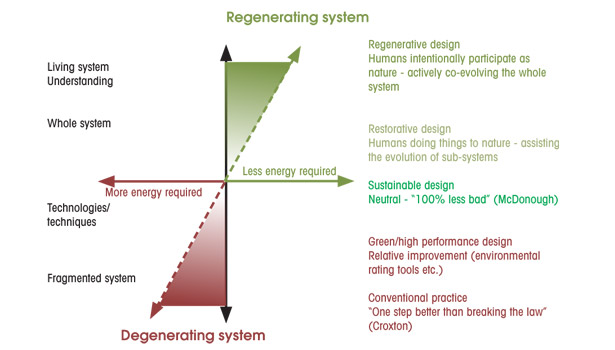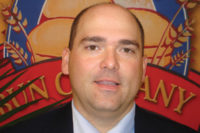By the year 2050, the world population is projected to be more than 9 billion.
Even more important than the total world population is how many of these people are located in developing countries. Developing countries will be the heavy consumers of natural resources. Between now and 2050, China and India are expected to continue to develop their economies and consume resources.
Imagine this: If China and India consume natural resources at the levels consumed by the U.S., consumption of world resources would increase approximately 300%. This is because Americans use 30 times the resources per capita of China, and the population in China is three times that of the U.S. Basically, strong economies contain people who earn more money and thus demand more items to purchase.
Preparing for the future
Many businesses have engaged in numerous activities to reduce energy and waste, recycle and reuse. All of these contribute to improved sustainable practices. However, in light of what’s going to happen in terms of populations and consumption, our current sustainability efforts won’t be enough.
If world consumption of resources will increase by 300% over the next four decades, in order for our sustainability programs to have a real impact, we need to change our model to prepare for this enormous increase.
The current sustainability model—to recycle, reuse and reduce—acts as a guide to keep items from going into landfills. Most all of our sustainability programs are geared toward the areas of this model. We also continue to upgrade processes that reduce energy and water consumption. All of these activities are proper and good for businesses.
The main problem with the model is that world consumption isn’t staying the same, and current efforts aren’t good enough to offset future demand. While the sustainability model is good, and many of us use it to guide for our efforts, don’t we need to improve upon it?
A better model may be one of regenerating systems (pictured). Some companies are applying this model, implementing systems that help nature, instead of taking away from it. Wind power, solar power, methane gas-recovery systems, oil collection for fuel production, heat-recovery systems and composting centers are all part of the systems that help nature. Many businesses use such systems to help offset the consumption that’s looming. Some of these projects are capital-intensive, making them difficult to justify with a limited capital budget.
One way to justify such projects is to present what I call the triple bottom line: People, planet and profit. This means addressing the social concerns of customers, the cost concerns of resource scarcity and the bottom-line profit.
We have to prepare for the future and truly amp up our sustainability programs to focus on restorative and regenerative systems. We need an increased systems approach for long-term sustainability. Regenerative concepts will be required to compete in the future. More information about Regenerative concepts is available from the Lipscomb University Institute for Sustainable Practice.
Alan Eddington is vice president of operations at Tennessee Bun Companies, Nashville, Tenn. He has more than 20 years of experience in food manufacturing and experience with assorted foods, including snacks, and more than 25 years of farming experience on a grain and livestock farm in Illinois. During his manufacturing career, Eddington worked with Kraft Foods, Kroger and O’Charley’s.







